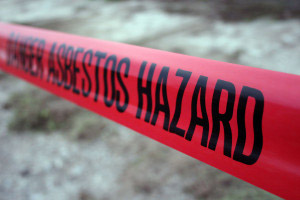Identifying Asbestos Containing Material
Asbestos containing material (ACM) generally can’t be identified by a visual inspection alone. Although there are a few materials (9” floor tile for example) that historically have almost always tested positive for asbestos, there are exceptions. In order to confirm the presence/absence of asbestos in a material, EPA requires samples of the material be tested by Polarized Light Microscopy (PLM) in an accredited laboratory. If you are in doubt, leave the material alone. Improper handling or treatment of an ACM can release asbestos fibers into the air. 
The Importance of a Certified Asbestos Professional
If you have suspect materials in your home or building, you are planning renovations or if materials in your home or business have been damaged, you should have a trained and accredited asbestos professional inspect the affected area(s) and collect sufficient samples of suspect materials for analysis. The asbestos professional can prepare a report of the findings to include: the exact locations of ACM, the quantity and friability characteristics, and if desired, removal cost estimates.
Protecting Family or Employees from Asbestos Exposure
An inspection by a trained and accredited asbestos professional can protect your family or employees from exposure to asbestos. In the case of a homeowner or business planning a renovation project, in accordance with OAC 3745-20, you must identify and quantify all ACM that will be affected by the project and provide a 10-day notification to the Ohio EPA. Depending on the type and quantity of the ACM, it may have to be abated prior to proceeding with the renovation project. Failure to do so can result in work stoppage, fines and other penalties.
Turn to Turn-Key Environmental’s team of asbestos scientists and certified professionals for asbestos testing around Dayton, Ohio and surrounding counties in Southwest Ohio.


